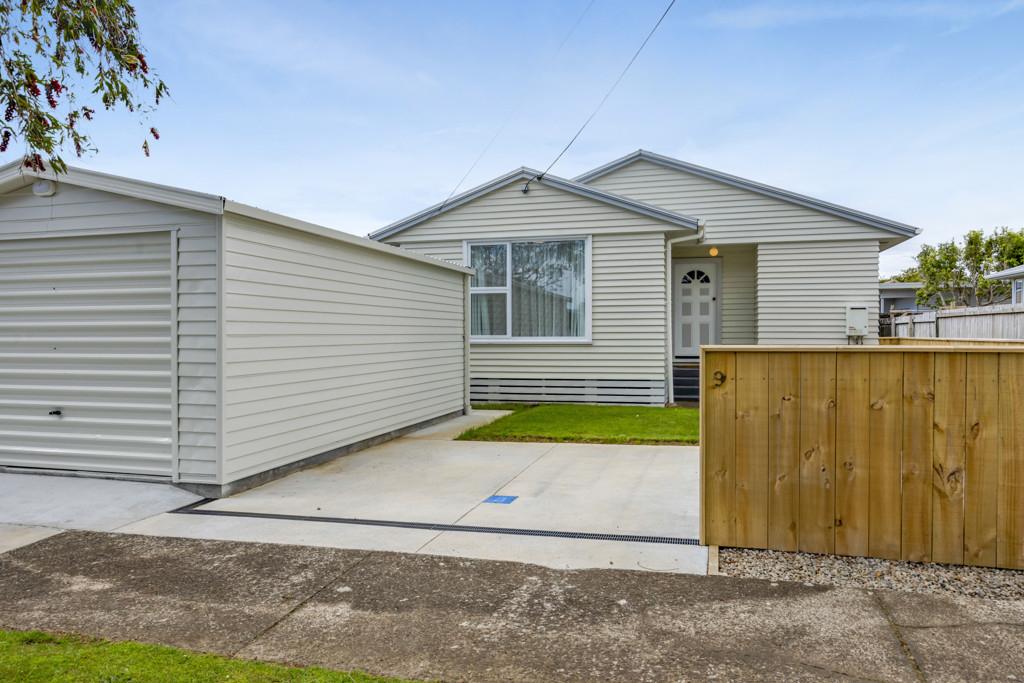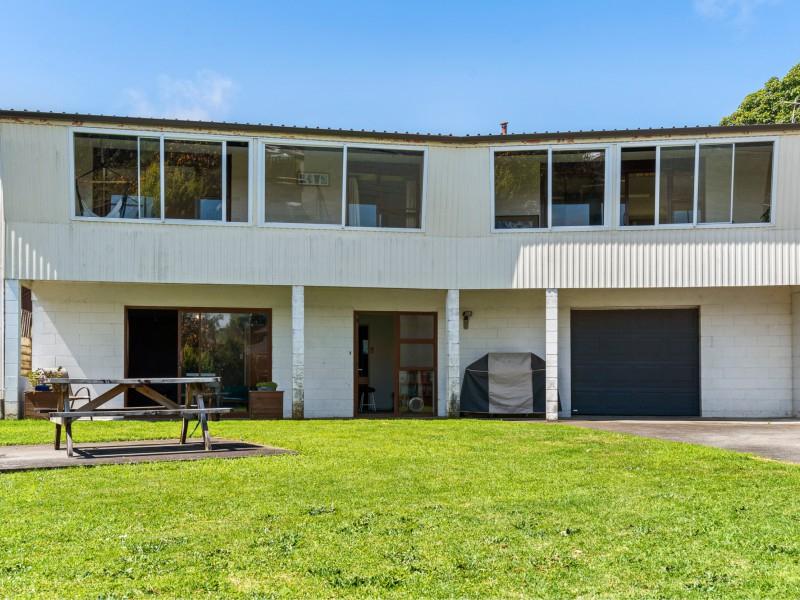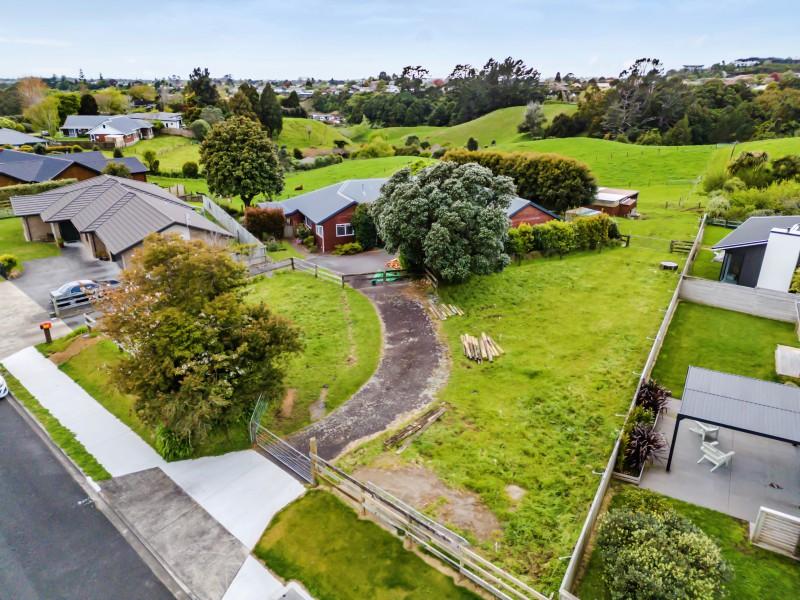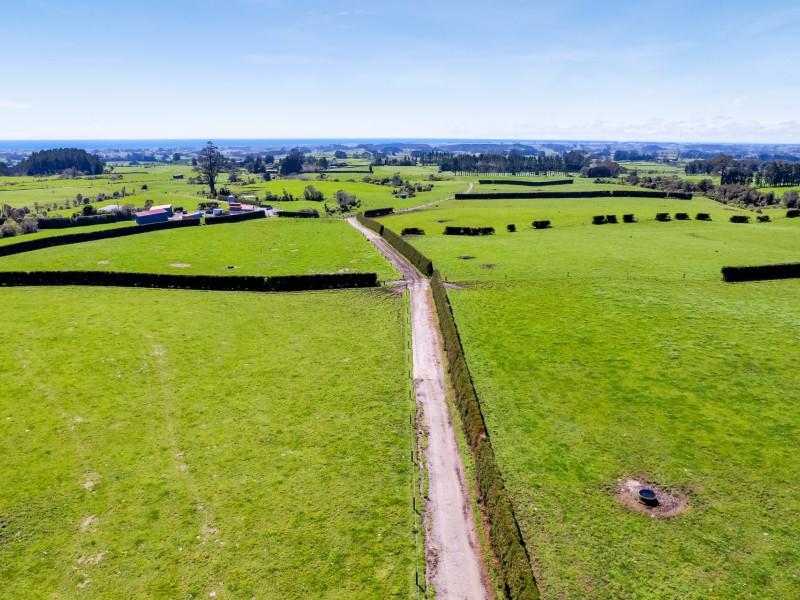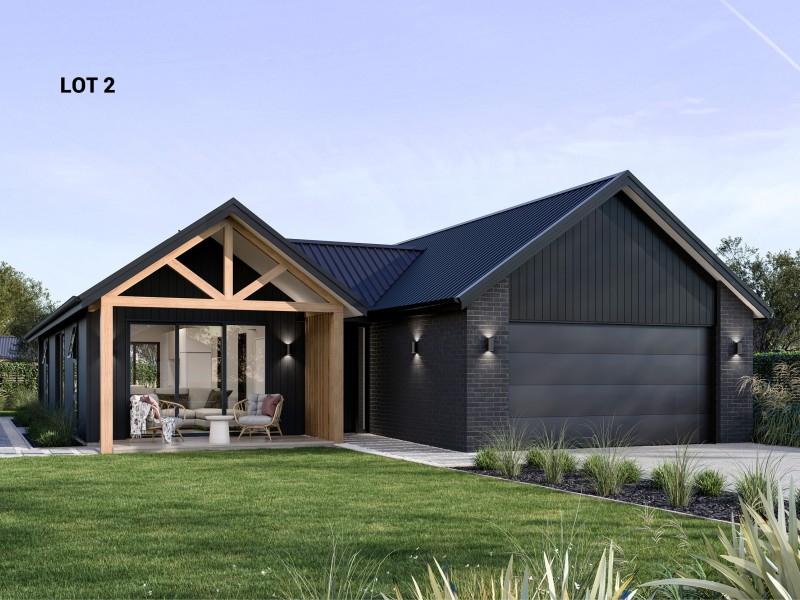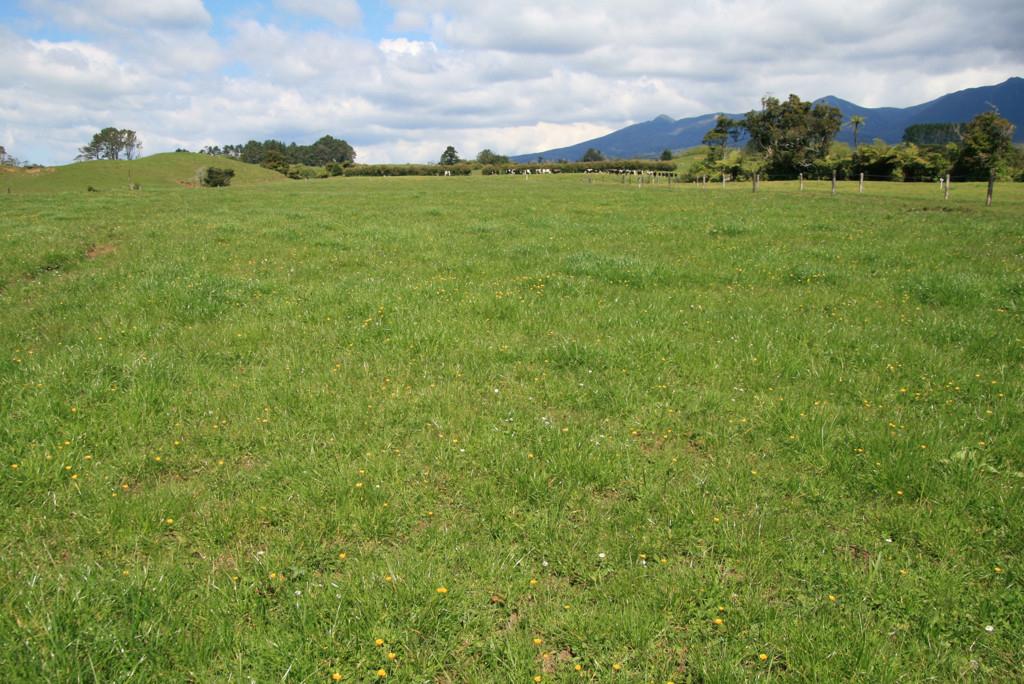Taranaki Garden Fest - Bonnet House Museum and Gardens
Another fascinating home and garden that I really enjoyed visiting in Fort Lauderdale, USA is a place by the name of Bonnet House Musuem and Gardens. I became intrigued about this historical place because a water taxi guide pointed it out while we were on the Intracoastal Waterway in Fort Lauderdale whilst spending a week there following one of our Caribbean cruises. From the water, the 35 acres look like a jungle, a section of property completely undeveloped and straddling the land between the Intracoastal and the Atlantic Ocean. Somewhere in all that greenery, though, was a house — an historic house, a legendary house. The story, according to the water taxi guide — who tells tales of all the mansions along the Intracoastal — is the house was the home of two artists, Frederic and Evelyn Bartlett. In 1983, thirty years after Frederic’s death, she gifted her little piece of paradise to the Florida Trust for Historic Preservation so future generations could see Florida the way it looked in 1931, the year she married Frederic. In exchange, Evelyn would be allowed to live there — tax-free — until her death. The Trust, the City, the County, and the State couldn’t decline such a generous gift, particularly because Mrs. Bartlett was, at the time of the gifting, already 96 years old.Mrs. Bartlett, held onto the estate until she passed at 107 years of age — which meant the US government did not receive taxes on the property for 14 years.
When one first arrives there is a long driveway that slices through natural, untouched land. There’s a grassy parking area, and after paying the entrance fee, visitors gathered in the desert garden — a sandy area that’s an oasis of succulents, cactus, and date palms. There aren’t any manicured lawns or formal gardens. When the tour guide arrived, we moved as a group to the gate. Frederic Clay Bartlett, said the guide, was already a widower when he built the house in 1921 after receiving the land as a gift from the father of his second wife, the poet Helen Louise Birch. At the time, Fort Lauderdale was a small settlement on the New River and Florida panthers roamed the barrier beaches. At last, the guide opened the gate, and as more and more came into view — I felt like Charlie stepping into Willy Wonka’s whimsical world. The house — simple, rustic, brightly painted — was built around an open-air courtyard. A covered colonnade keeps the sun off of guests as they walk from room to room. Bartlett’s second wife died in 1925. Soon after, he met Evelyn, the daughter of a wealthy Midwest family and the ex-wife of Eli Lilly, grandson of the founder of the Eli Lilly Pharmaceutical Company. Upon their marriage, she began to add her touches to the home, which was built to look like a Caribbean plantation. According to an interview with Mrs. Bartlett, the interior was “very severe” and “had no decoration at all.” Mrs. Bartlett changed all that. She even gave the house its name in honour of the bonnet lilies that bloomed in the waterway adjacent to the main house. The house is most certainly a celebration of two artists who travelled, collected art (much of which the couple donated to the Art Institute of Chicago), and loved each other. Art is everywhere — and each item has meaning — which is a big reason why every effort is taken to preserve the contents of the house. There is no air conditioning and no photography (which is why my photos are of outdoor moments). In addition to decorating the house, Mrs. Bartlett also decorated the outdoors with many varieties of orchids. One news report even said she could recount how and where every plant was found, collected, or purchased. Which brings me to the one indoor photo I had to take — of the Orchid House. There was so much light streaming in, and I figured my camera couldn’t hurt it. I also thought Mrs. Bartlett, although very private, was a gardener who knew all of the details of her plants and wouldn’t mind sharing her orchids with the rest of the world.
If you enjoy history and nature, Bonnet House Museum & Gardens is a must-see.
The property was originally acquired in 1895 by Hugh Taylor Birch, a successful Chicago lawyer, and given to his daughter Helen and her husband, artist Frederic Clay Bartlett, as a wedding gift in 1919. Bartlett built a plantation-style home on the property and wintered there with his wife and child from a previous marriage, Frederic Jr, until Helen died in 1925. As a memorial to his late wife Bartlett donated his extensive art collection to the Art Institute of Chicago. Bartlett was a self-taught architect, the main house is based on his interpretation of Caribbean plantation-style architecture.Bartlett then married Evelyn Fortune Lilly, ex-wife of Eli Lilly, and they continued to use the home as a winter residence until his death in 1953 and hers in 1997. She deeded the property in 1983 to the Florida Trust for Historic Preservation, which maintains the property as a historic house museum called the Bonnet House Museum & Gardens. The estate was valued at $35 million, the largest single private donation in state history. In 1988 Jon Nordheimer of The New York Times described it as, "an unrivaled time capsule neatly preserved from an era earlier in the century when the wealthy elite could afford a cozy 35-acre winter hideaway in Florida.
In addition to their historic significance, the Bonnet House grounds encompass one of the last examples in South Florida of a native barrier island habitat. Five distinct ecosystems can be found on the property including the Atlantic Ocean beach and primary dune, a fresh water slough, the secondary dune which includes the house site, mangrove wetlands, and a maritime forest. In compliment to the natural vegetation, the grounds contain a Desert Garden composed of arid plantings, a hibiscus garden, and the main courtyard planted with tropical vegetation. Evelyn Bartlett was a passionate orchid collector. Various blooming examples are rotated regularly through the estate’s Orchid Display House. Today, Bonnet House is a haven for migratory birds, year round birds indigenous to Florida wetland and coastal areas, and manatees that occasionally seek refuge in the estate’s Boathouse Canal. Hurricanes Katrina and Wilma caused significant damage to the grounds in 2005 and destroyed much of the estate’s upper tree canopy. A major restoration project was begun in 2008 to replant the grounds to restore them to their period of significance appearance and to shield the property’s historic view corridors from neighbouring development.
Poll: Do you think NZ should ban social media for youth?
The Australian Prime Minister has expressed plans to ban social media use for children.
This would make it illegal for under 16-year-olds to have accounts on platforms including TikTok, Instagram, Facebook and X.
Social media platforms would be tasked with ensuring children have no access (under-age children and their parents wouldn’t be penalised for breaching the age limit)
.
Do you think NZ should follow suit? Vote in our poll and share your thoughts below.

-
84.4% Yes
-
14.1% No
-
1.5% Other - I'll share below
Have you heard about Wild for Taranaki?
Do you know what they are doing in our community?
Their Vision is:
Taranaki biodiversity is restored to a state where it is visibly healthy and provides significant benefit to communities throughout the region.
Tō tatou taiao – Maranga Papatūānuku is our collective commitment to reach a state where Papatūānuku begins to flourish and rise.
This is a very powerful vision for Taranaki as a region and those working in this space fully embrace this Kaupapa.
If you look at their website the first thing you see is our Mounga in the background with:
Take Part
The natural world is our legacy. Every day, action is underway to restore, enhance and protect our unique biodiversity in Taranaki. Be part of making biodiversity thrive in the region, To do this you can go to their Action Hub and sign up to support a project, there are multiple ways that you can become involved, from the gifting of shovels or offering a place for planting of natives, to offering your unique skills and experience to as well as perhaps Organisation know how. By signing up to the action hub you can become part of the bigger picture and make you mahi count.
So why should you be bothered? Let’s start a short list, How about for our kids and grandkids or even great grandkids – and the future world they will be living in. Or perhaps for our community and our own wellbeing into the future, or for all the native plants and animals that make our world a better more beautiful place.
We can make a difference. We can see the difference the trapping efforts have made, bringing more birdsong into our backyards and species like kiwi and kokako being established into areas that they have disappeared from.
This is ongoing mahi and the more effort the more success and you could be part of making this happen by looking to join and supporting the mahi of organisations like Wild for Taranaki. This is the type of project / volunteering that you can be involved with as often as you wish, so no regular commitment is required if that would appeal to you. It is also a volunteering opportunity that you could possibly do with multiple generations and the bonus is that it is an outdoors.
The next event that volunteers are involved with is the Community Snorkel Day – Experiencing Marine Reserves – this is on November 23rd at 12 noon. If you think that you could support this, please make contact.
Where can you learn more? If you are interested to learn more about Wild for Taranaki and their projects, you can listen to:
Volly Voices live on Access Radio Taranaki 104.4fm on Sunday 3rd November at 2pm when Danielle and Victoria chat about what is happening at Wild for Taranaki and the projects that they have and how volunteers can become involved and how they support the community.
This can also be listened to on:
Spotify open.spotify.com...
Apple Podcast podcasts.apple.com...
Access Radio website www.accessradiotaranaki.com...
Volunteering New Plymouth website www.volunteeringnewplymouth.org.nz...
Who can you contact?
If you are curious to learn more about what is involved and or how you can get involved then contact Wendy (Monday to Thursday) at Volunteering New Plymouth on 06 758 8986, Ph/Text: 022 571 4228 or Email: admin@vnp.nz. to take the next step

What's your favourite recipe for courgettes?
Kia ora neighbours. If you've got a family recipe for courgettes, we'd love to see it and maybe publish it in our magazine. Send your recipe to mailbox@nzgardener.co.nz, and if we use it in the mag, you will receive a free copy of our January 2025 issue.


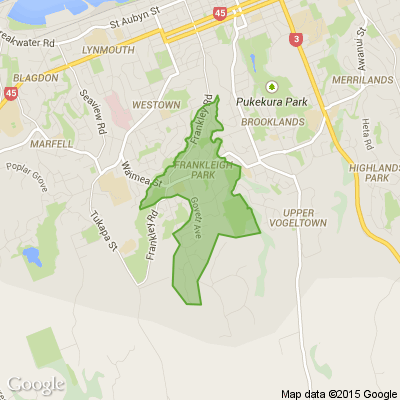
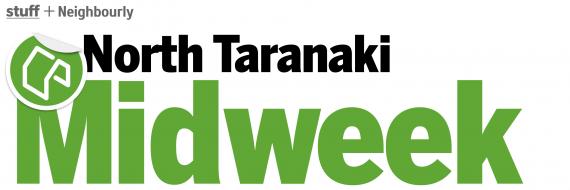









 Loading…
Loading…








